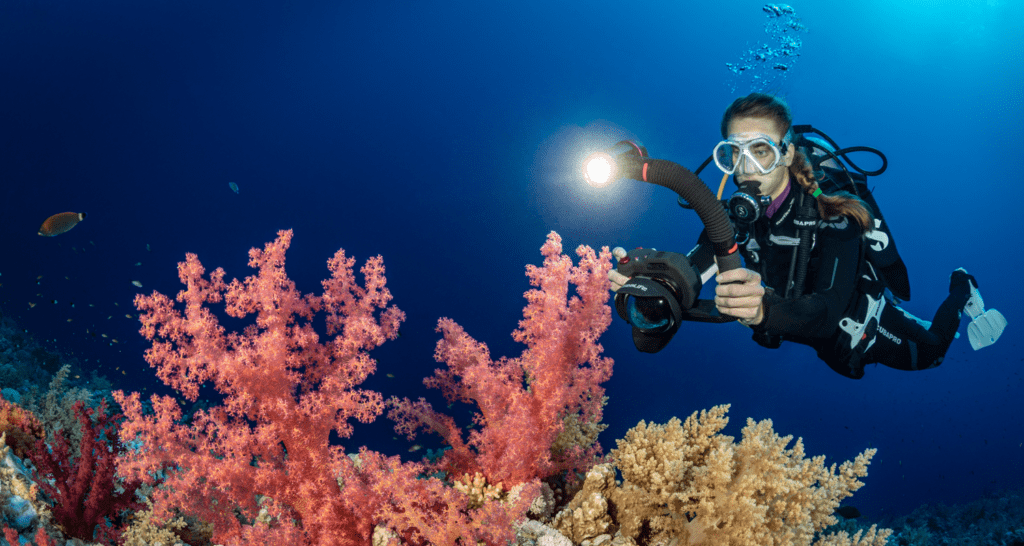
Features to look for in Underwater Photo and Video Lights
By The SeaLife Staff
In our article How to Select an Underwater Dive or Photo-Video Light, we covered some of the basic features to look for. Since there are many digital camera options now, and the fact that these cameras require a substantial amount of light to produce a acceptable and colorful image, we want to focus on the most important features to look for in underwater imaging lights; whether it’s still photography or video.
- Brightness: While many flashlight producers use a lux rating for brightness, in the underwater world we mostly use lumens (we’ll keep it brief, and won’t go into the technical differences between the two). Look for a light of at least 1500 lumens or more, preferably at least 2000 lumens. Keep in mind many brands either stretch the truth or flat out lie about the lights actual performance. Focus on good, established brands and read the test reports.
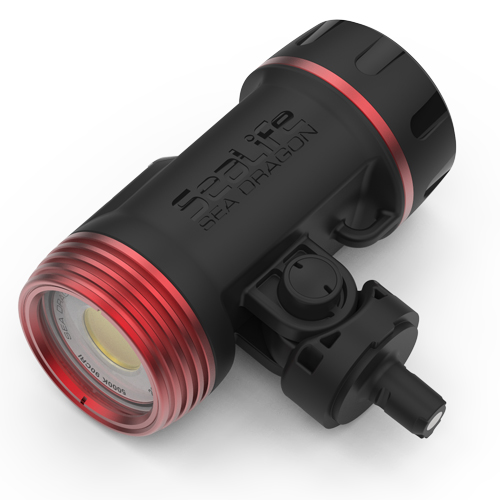 The Sea Dragon 2500 makes an impressive 2500 lumens.
The Sea Dragon 2500 makes an impressive 2500 lumens.
- Beam Angle: Beam angle is only a true beam angle if the amount of light on the outside perimeter of the light cast are equal to the center area, otherwise your camera will pick up a “hot spot” in the middle and your image will look inconsistent with the center too bright and the outer area too dull. COB LED’s are especially good for wide beam angles, so check out this new lighting technology which is both consistently bright and energy efficient. Many brands, including SeaLife using the new COB LED’s offer a beam angle of up to 120°. This is a “in air” figure, underwater the angle is less – due to the refraction of water vs. air, a 120° angle in air is 90° underwater.
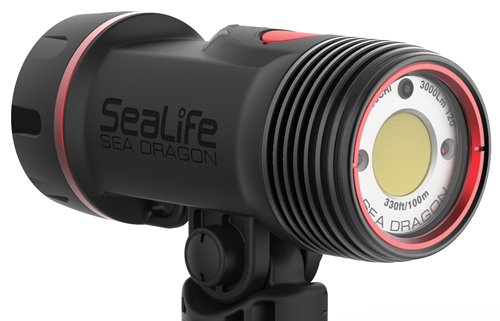 The Sea Dragon 3000 Auto offers a 120 degree beam angle.
The Sea Dragon 3000 Auto offers a 120 degree beam angle.
- Run Time: What good is all this performance talk if the light runs for only 20 or so minutes at full power? Yet, this is a reality with many underwater imaging lights. Look for lights that run an hour at full power, enough for a single tank dive or in many cases, a two-tank dive.
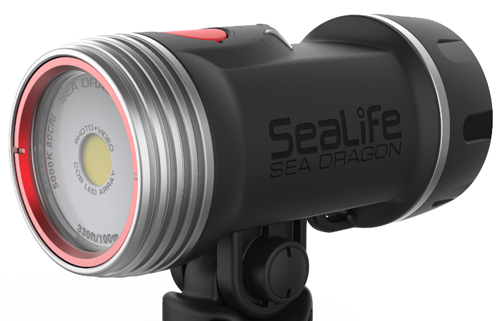 The Sea Dragon 2000 runs for an hour at full power.
The Sea Dragon 2000 runs for an hour at full power.
- Color: You’ve probably heard the term “color rendering” before, color has always been a challenge for LED lights; in the past they’ve made for a very cool or cold light color, preventing a colorful “pop” of your undersea subjects. Lately, and with the arrival of COB (Chip On Board) LED’s; light “warmth” has improved greatly and this translates into a better color rendering or “CRI” (Color Rendering Index). CRI is a comparative scale, and 100 equals natural sunlight. Look for lights with a CRI better than 80 for optimal results.
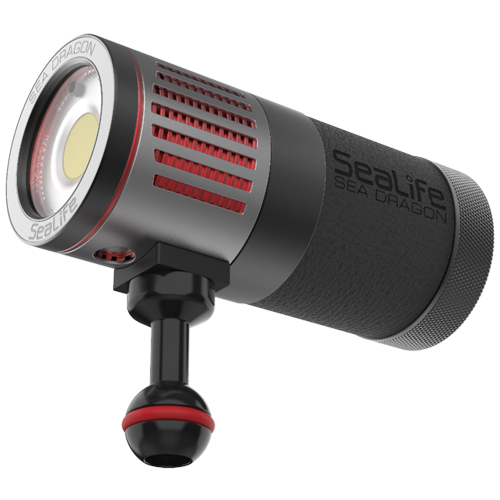 The Sea Dragon 4500 Auto offers a color rendering index of 96.
The Sea Dragon 4500 Auto offers a color rendering index of 96.
- Safety: While this article is mainly about photo/video light performance underwater, let’s not forget that we are talking about some very powerful and bright lights that approach and exceed 4000 lumens or more. The better high performance light producers, for this reason install a “gas-off” valve. So should the battery fail, for whatever reason, the light will discharge the internal heat and gas via a one-way valve preventing the light from further damage or bursting apart.



 The
The  The
The 